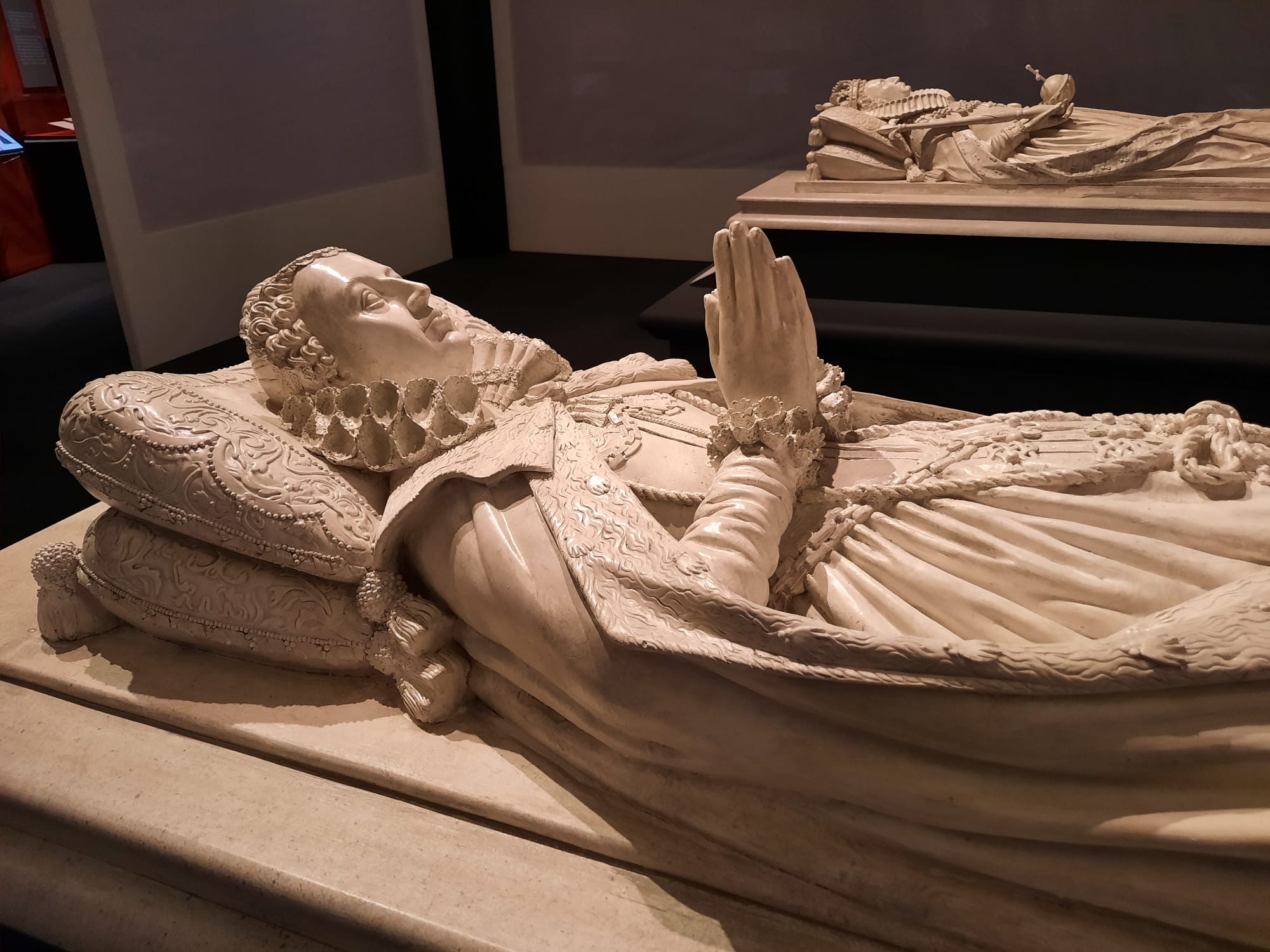Elizabeth And Mary: Royal Cousins, Rival Queens – British Library, London
A review of Elizabeth and Mary: Royal Cousins, Rival Queens, on now at the British Library. An interesting insight into private lives marred by public duties and political intrigues.
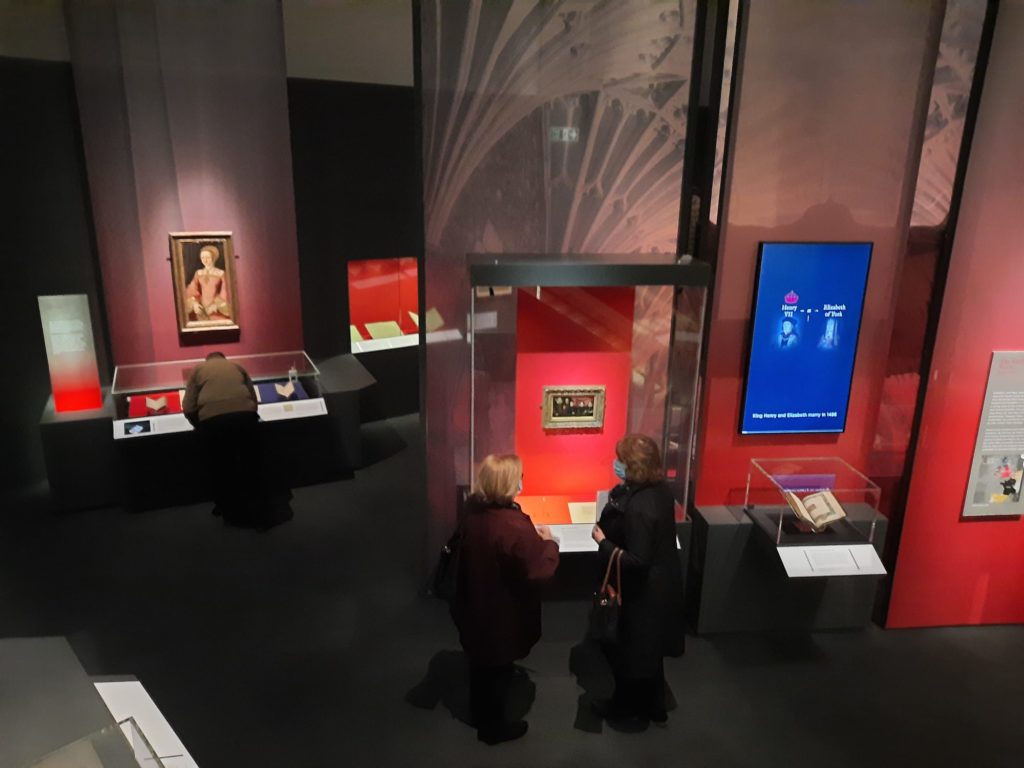
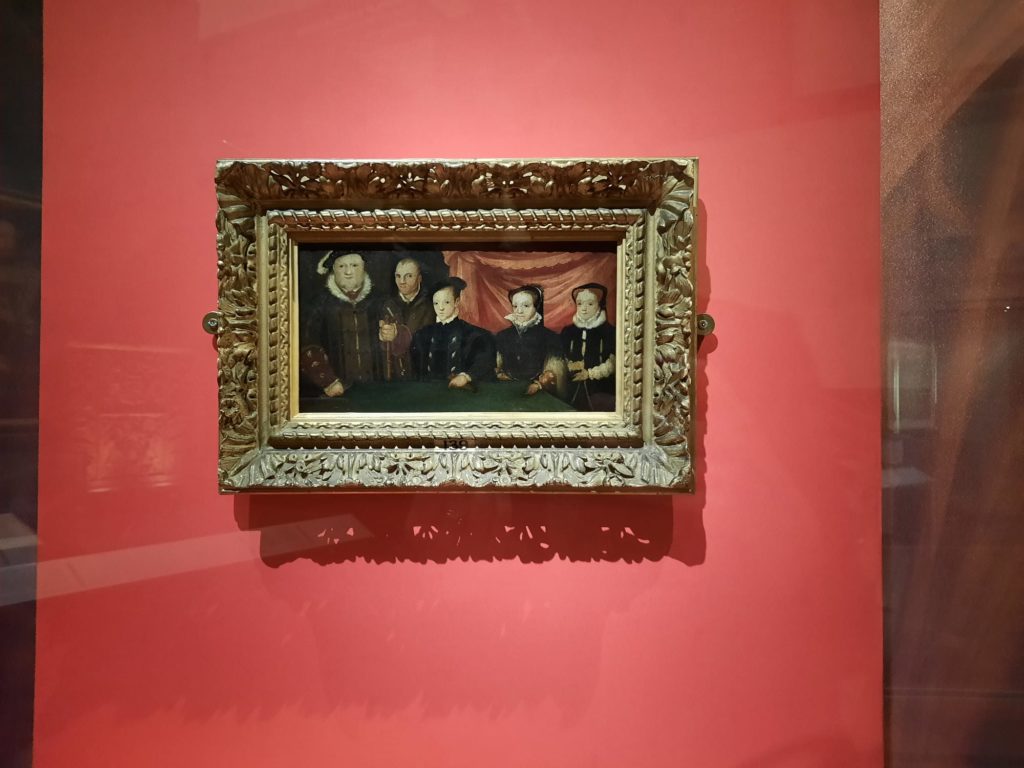
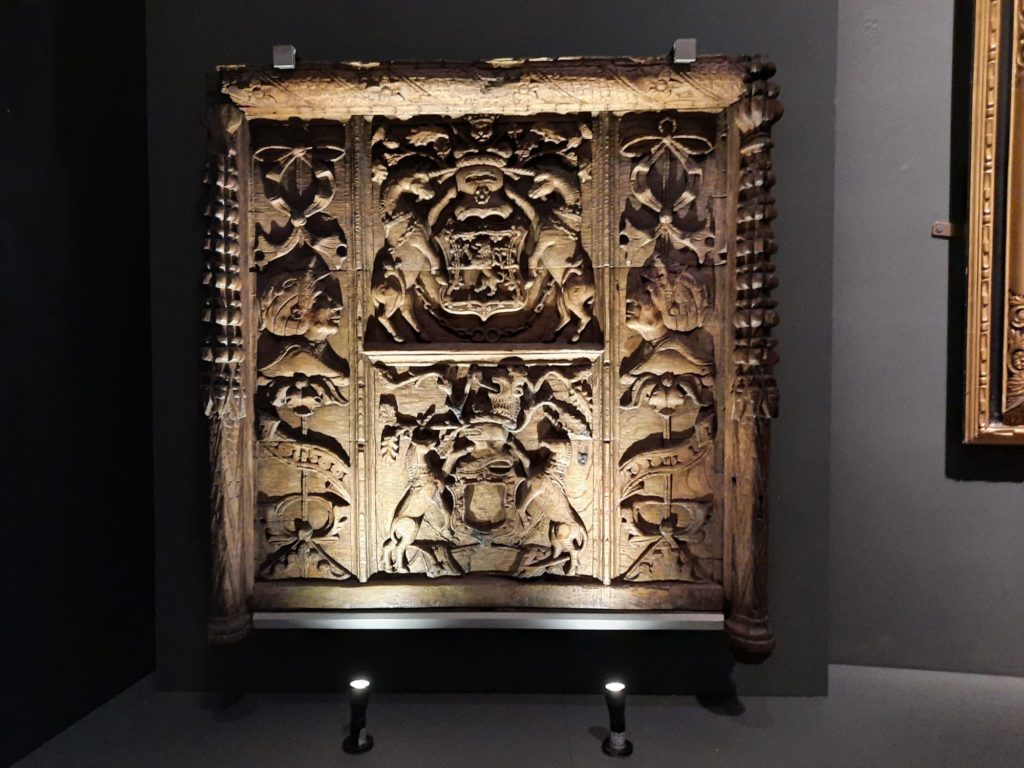
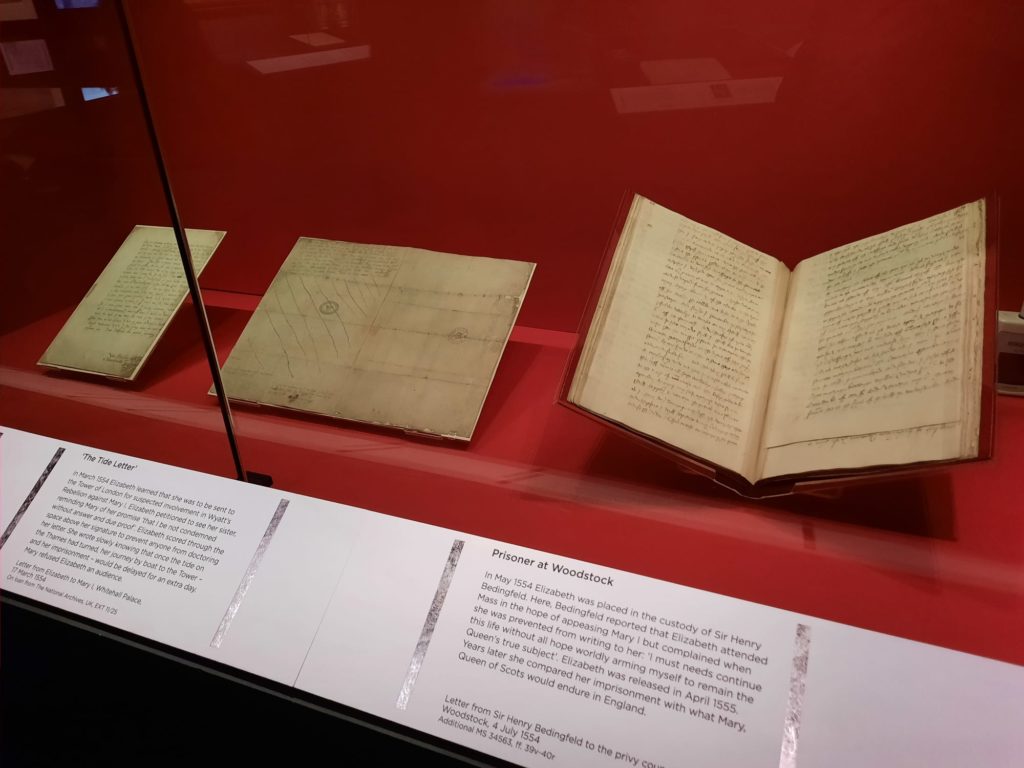
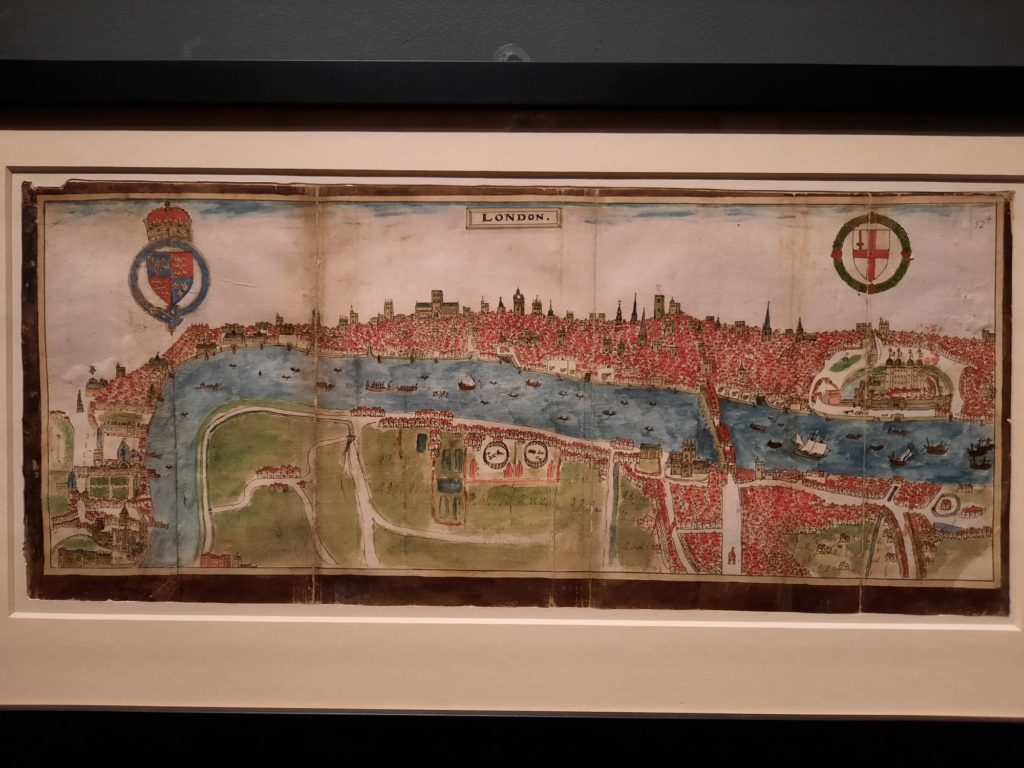

Elizabeth And Mary
Hello British Library, it’s been a while. I haven’t posted about an exhibition I’ve seen here since 2017. I actually really rate this as an exhibition venue, however. Perhaps it’s the preconceived notions I have about libraries (as daughter of a librarian and former student librarian myself); I often find the British Library’s exhibitions to be interesting, engaging, and refreshingly peaceful. And although the exhibitions centre on books and other printed material (letters, maps), the curators at the British Library have a way of making them visually interesting as well.
This is all certainly the case for Elizabeth and Mary: Royal Cousins, Rival Queens. Granted, I came to this exhibition just before Christmas, in a flurry of activity while I worried about post-festive lockdowns. But I found it to be fascinating, surprisingly exciting, and not too packed. The exhibition revolves around two of the Tudor period’s most famous women: Queen Elizabeth I, and her cousin Mary, Queen of Scots. Through archival evidence, we learn about how these rival queens (who by the way never met) were inextricably bound by complex questions of succession and power.

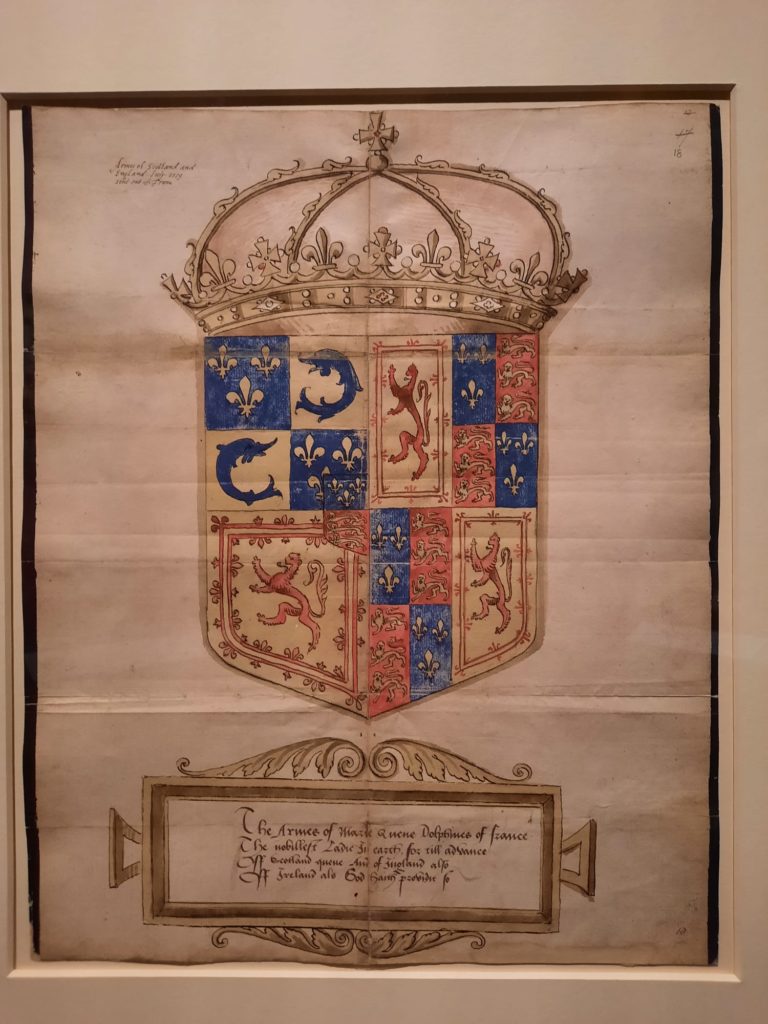
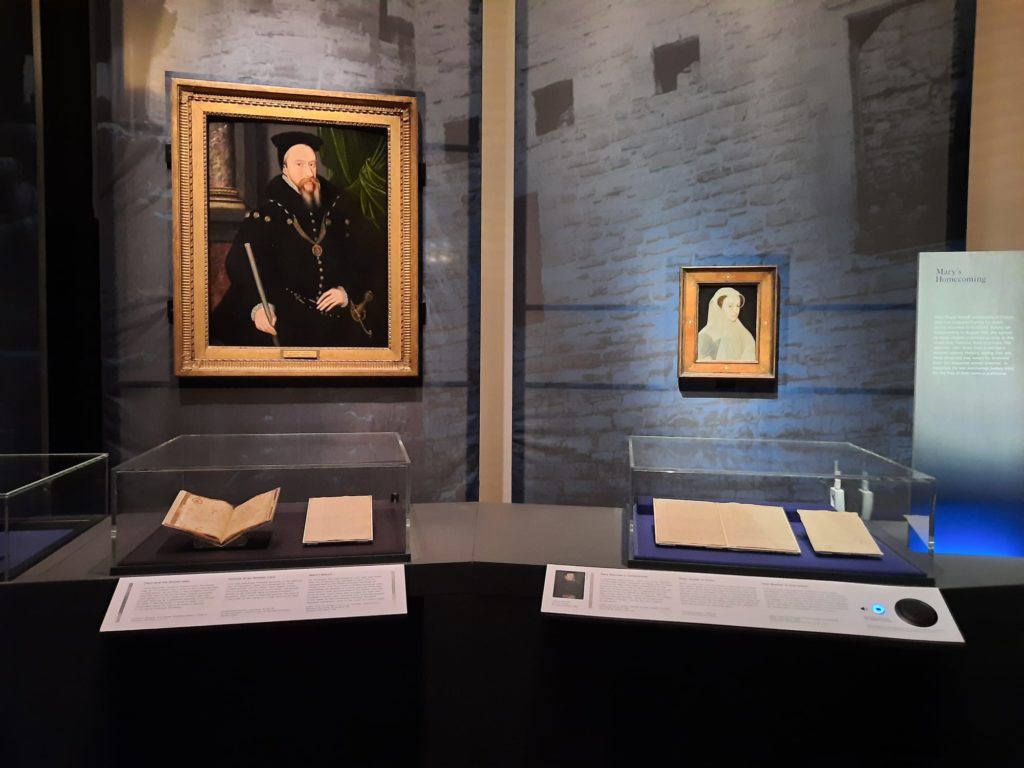
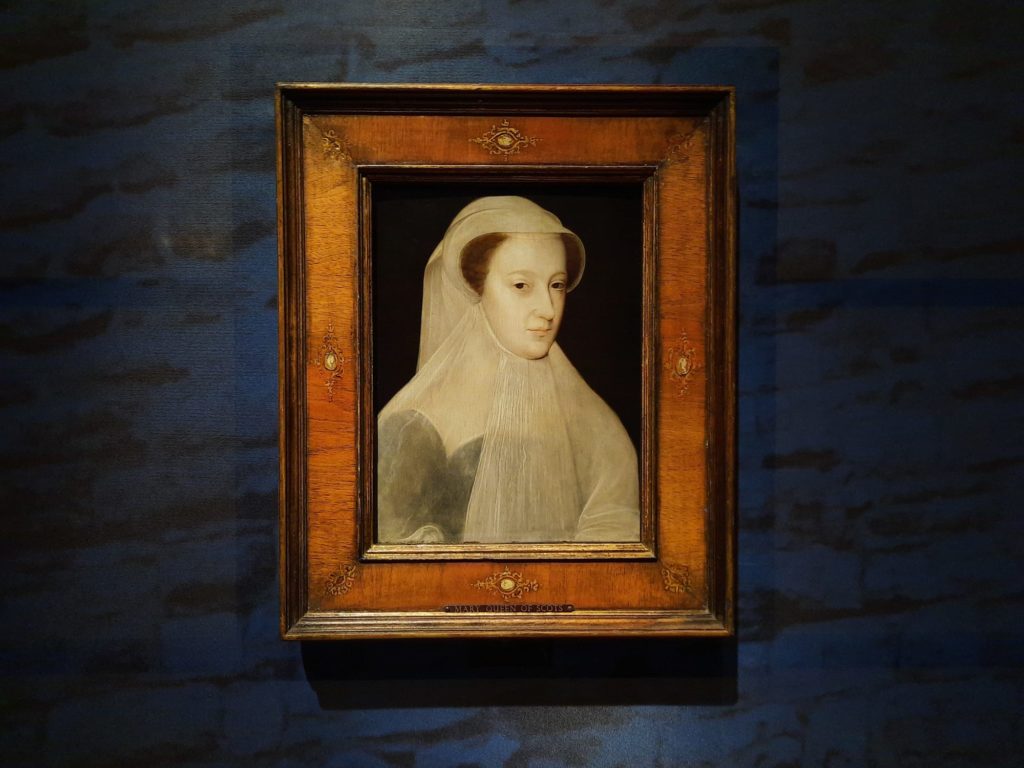

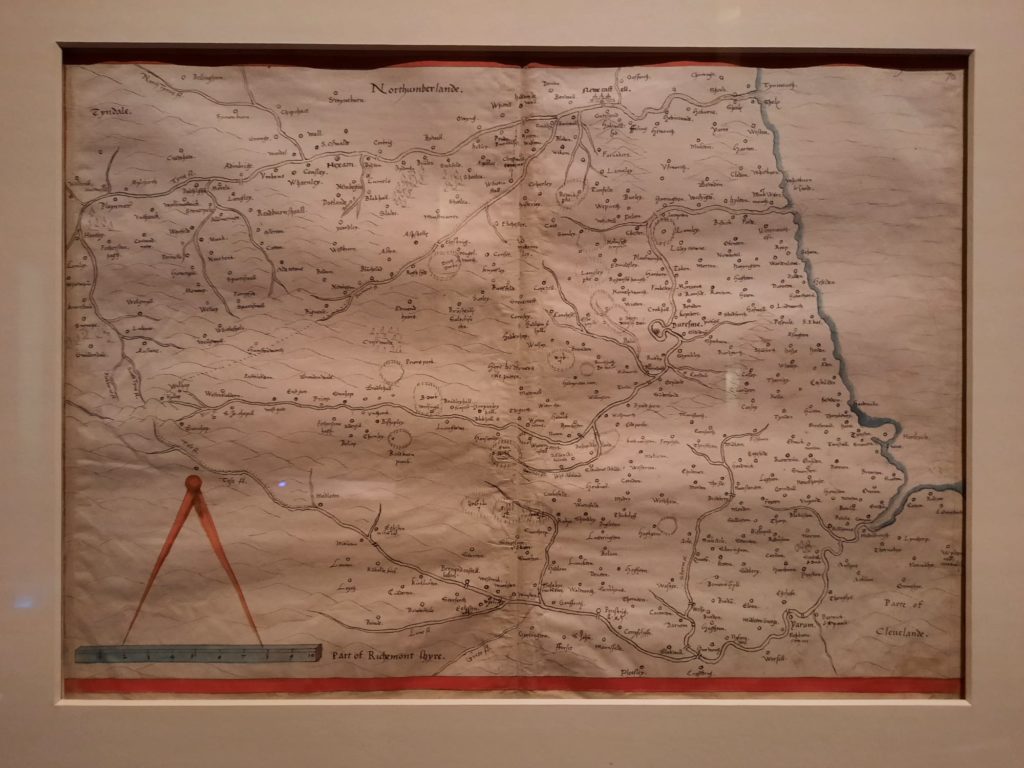
Royal Cousins
The exhibition is largely chronological. We start with the birth of each of the royal babies (1533 for Elizabeth and 1542 for Mary); and understand where they fit into the Tudor family tree. This is important, as it is the basis for their claims to the throne. As young women, their education fitted their intended paths. As Elizabeth’s claim to the throne grew stronger, for instance, her education intensified. Mary, who had fled to family in France in 1548, learned to be a Catholic ruler and future consort to Dauphin Francis.
Over the years we learn about battles and skirmishes between England and Scotland; various machinations and plots to back one succession or another; and the intolerably difficult position that this often put Elizabeth and Mary in. The two women often expressed their desire to meet, but in the end never did; some advisor or another always put them off it. In the background of these personal choices, bigger questions of religion and royal power play out. In fact, what this exhibition does very well is to demonstrate how the cousins’ relationship was inextricably linked to the Reformation and struggle between Catholic and Protestant forces.
We therefore come to understand how it is that this rivalry, both personal and political, led to Mary’s execution in 1587. The exhibition closes with the lead-up to and aftermath of this event, Elizabeth’s own death in 1603, and Mary’s son James I/VI ascending the throne. James has his own fine line to tread, as he honoured his mother without alienating his new subjects. And thus the Stuart dynasty began.
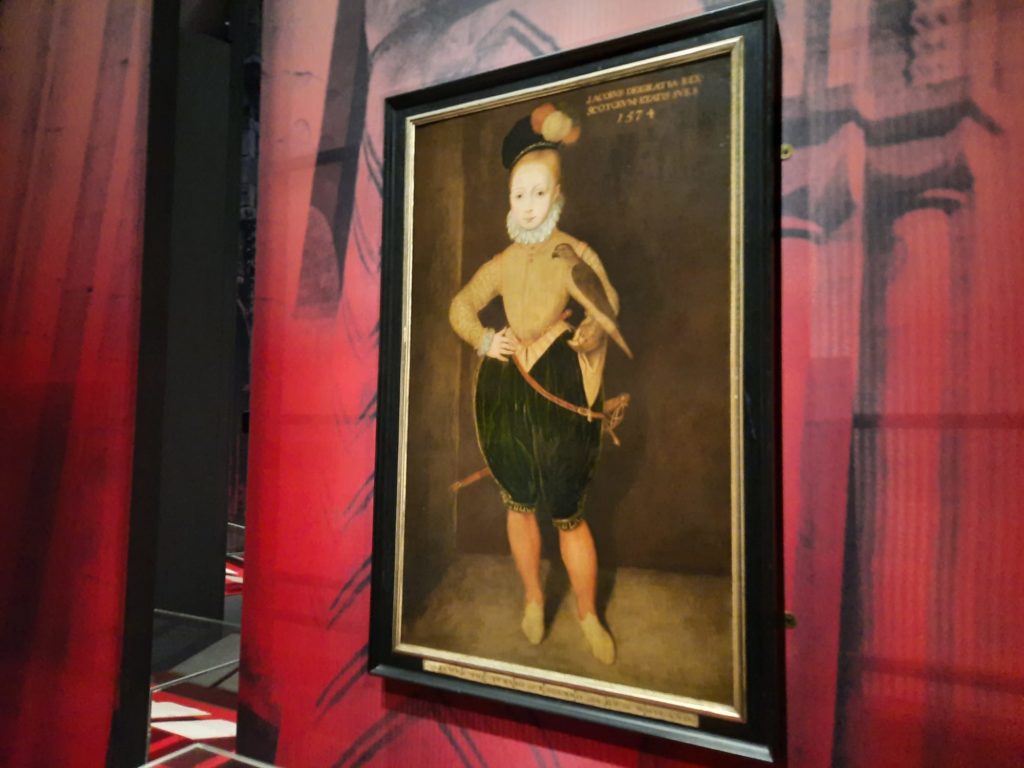
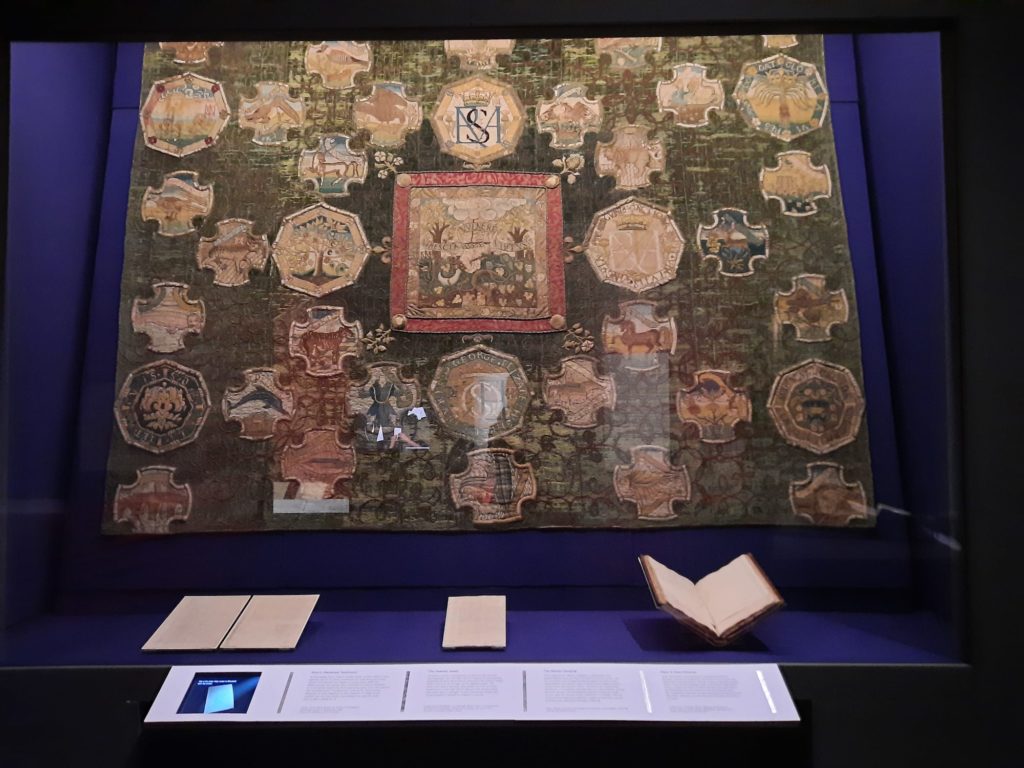
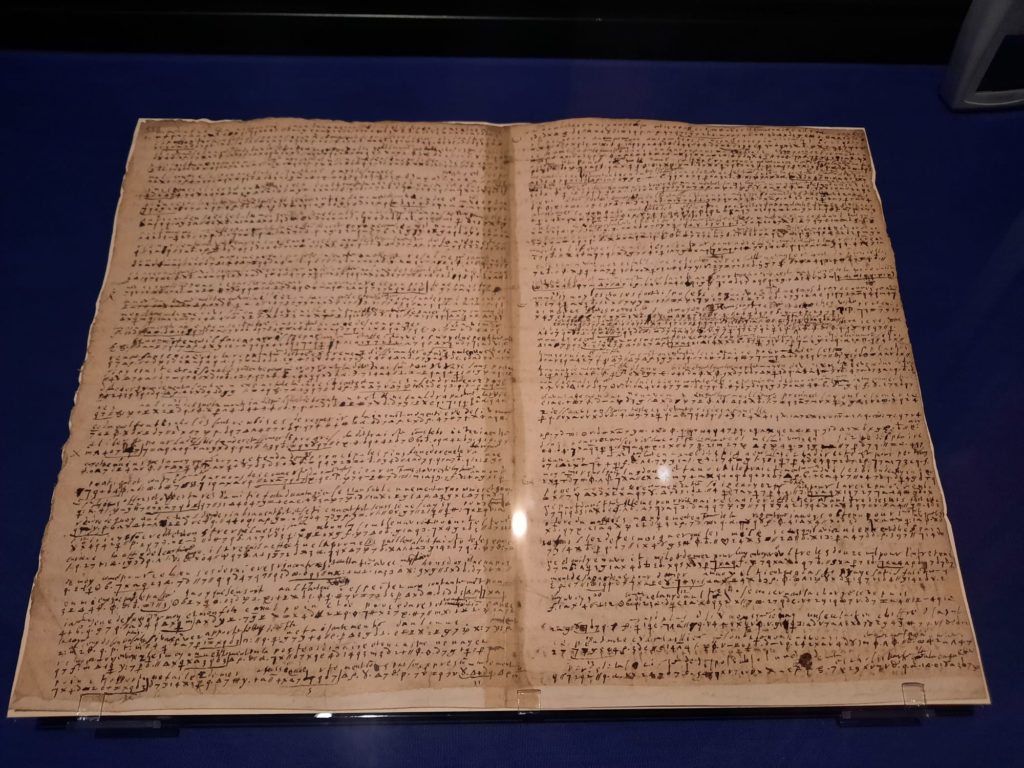
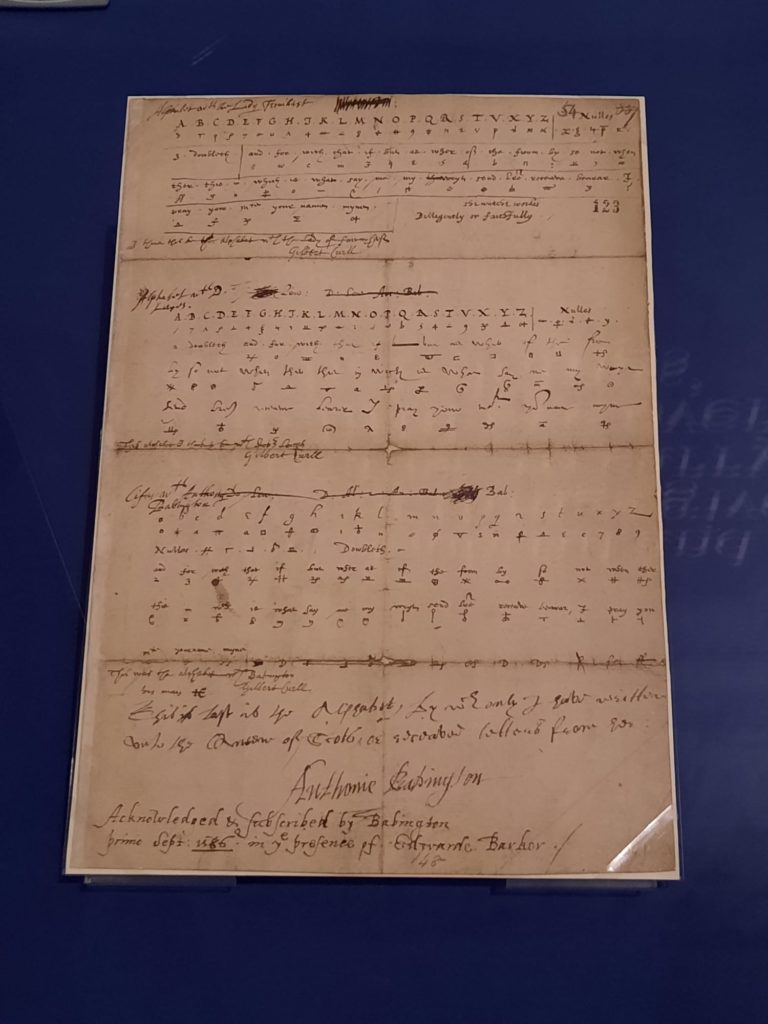
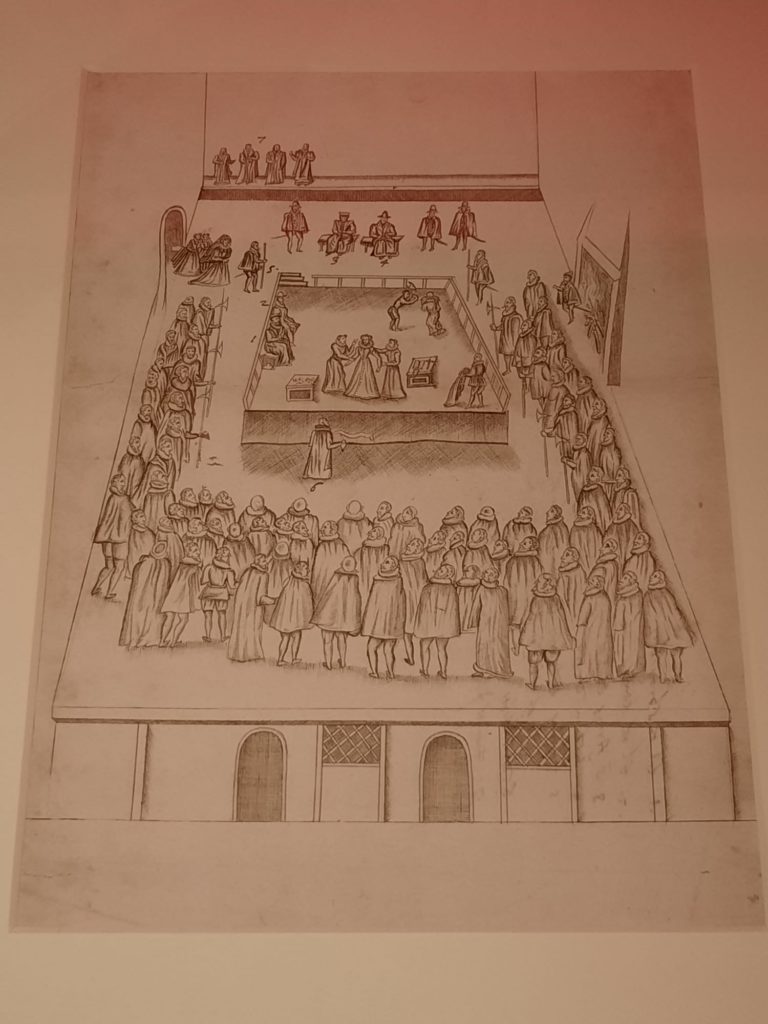
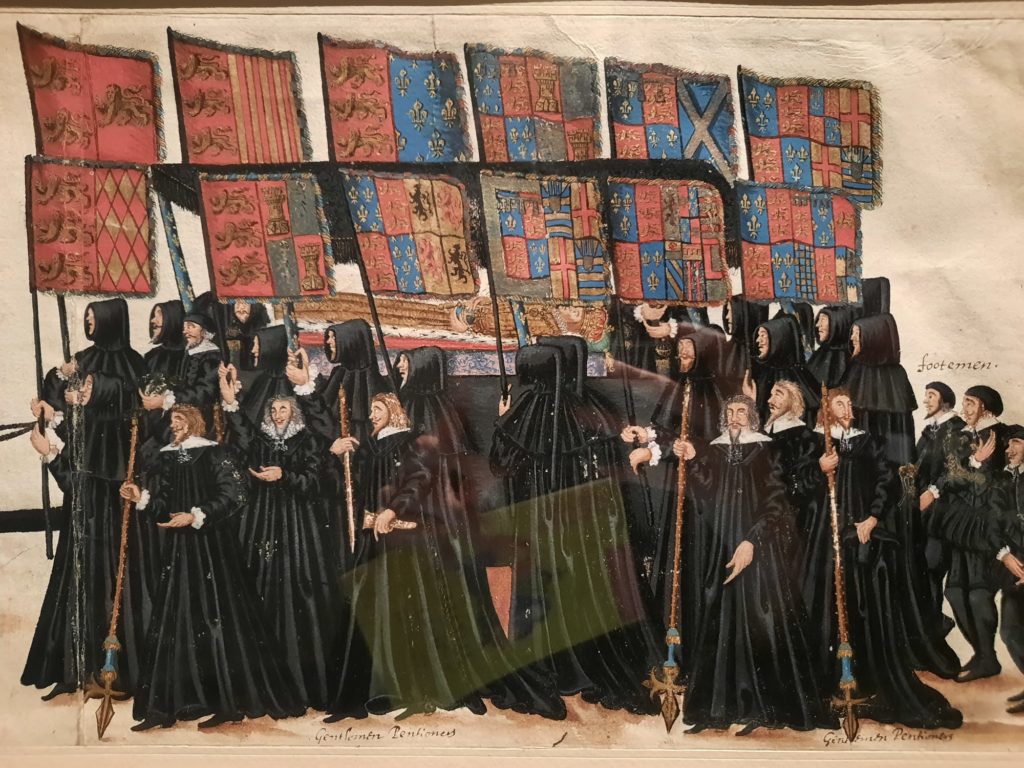
Rival Queens
As I said earlier, I was (perhaps unfairly) surprised to find this exhibition quite an exciting one. Partly that is down to the events: plotting, imprisonment and beheadings. But there is also a really good selection of objects on display. This being the British Library, most of the evidence for the curators’ interpretations comes from primary sources. It’s interesting to see so many letters written and signed by various historic personages. There are also fascinating sketches: of murder scenes, battles and trials. And most exciting of all were the documents related to Sir Francis Walsingham discovering the Babington Plot (direct cause of Mary’s execution). Secret codes, invisible ink – what’s not to love?
To balance out all of this paper and parchment, there is a good selection of other types of objects on view as well. From paintings of the individuals we are reading about, to an embroidery in Mary’s own hand, to jewellery and other mementoes. The exhibition closes with facsimiles of Elizabeth’s and Mary’s effigies from Westminster Abbey: tributes to two powerful women, and symbolic of James’s attempts to honour his mother alongside the woman from whom he inherited the crown.
The exhibition is on until February, so I definitely recommend checking it out. You may learn something, or at the very least enjoy imagining yourself as Elizabeth’s scheming spymaster.
Salterton Arts Review’s rating: 4/5
Elizabeth and Mary: Royal Cousins, Rival Queens on until 20 February 2022
If you see this after your page is loaded completely, leafletJS files are missing.

